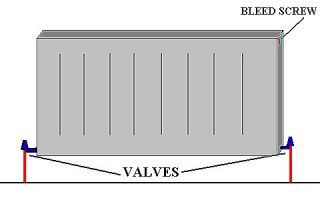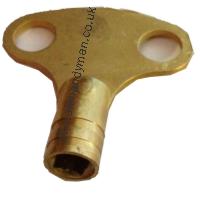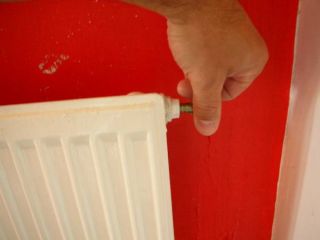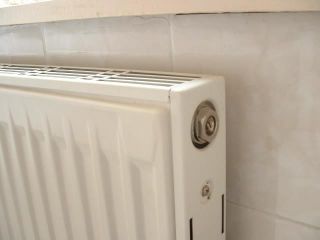How to bleed a radiator
Bleeding a radiator is in most cases a simple DIY job, here you will find how to bleed a radiator correctly-
Often a Radiator will become warm at the bottom and yet cold at the top, this is due to Air inside of the the Radiator which prevents the warm circulating water from reaching the top of the radiator. To remedy this the Radiator (s) will require bleeding.

Most radiators have a bleed screw at the top of the radiator. Most of the time they are positioned at the ends of the radiator and sometimes they are on the back.

Radiator bleed keys are normally made of soft metals such as Brass or alloy

Ensure that the central heating is switched off before bleeding or this can introduce even more Air into the system. If you have a header tank ensure that the water supply is not isolated to this tank! If you have a boiler which requires manually topping up like a combi then top it up after and possibly during bleeding (depending on how much pressure there is left in the system)Ensure both valves at the bottom of the radiator are open.
Using a radiator bleed Key insert it onto the Brass bleed screw at the top of the radiator. Have some kitchen towel or a cloth to catch any drips and slowly turn the key anti-clockwise, about half a turn. You should hear hissing, which is air being forced out by the water. As soon as water squirts through the bleed screw, re tighten it and make sure it is not leaking before moving on to the next radiator! Repeat this on all radiators.
Top up the boiler if necessary!

Bleed screws often become damaged as they are made from soft metal, if this is the case a spanner can be used or An Adjustable spanner to loosen the large Cap from the end. This should only be attempted if you can not bleed the radiator the normal way.
These videos should be useful-
How to top up or re-pressurise a combi boiler



